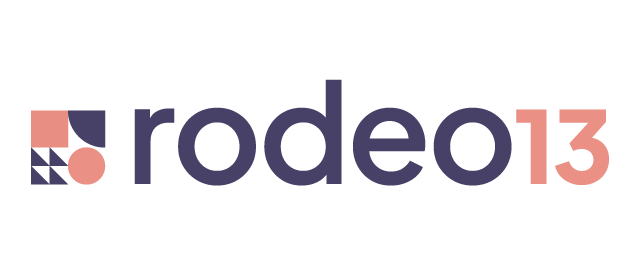Industry events and conferences are valuable opportunities for networking, learning, and getting inspired. They can also eat into a significant chunk of your marketing spend. Making the most of these events requires somewhat more than just showing up - we collected a few key steps to maximize your ROI. Whether you're a seasoned conference-goer or a first-timer, these tips will help you leverage these events to the maximum.
Before the Event
1. Set Goals
Think about what you want to get out of the event. Brand awareness? New business? Strengthening existing client ties? Perhaps you’re looking for inspiration for new products/methodologies/services or all of the above. Sponsorships and exhibiting will increase your brand awareness. Getting on stage will undoubtedly prompt new conversations with new contacts. Get clear on your goals before you decide on your involvement.
2. Figure Out How You Want to Participate
Once you set your goals, you’ll have to ponder whether to exhibit, speak, sponsor, or attend. If you exhibit, you’ll need to develop an event concept and consider the space you have. If you speak, you’ll have to ensure you get the necessary information, submit a pitch, and put together a presentation or panel of speakers. If you sponsor, you’ll want to get in touch with organizers well before the event to iron out all the details, ask for all the deadlines, and order all the props, collateral, and such.
3. Define Campaign Activities
It’s time to tell people (your team, clients, and target audience) that you’re participating. Align internally on the accompanying marketing campaign, create assets like landing pages, any print collateral, or merch - you might want to consider practical, environmentally-friendly merch that won’t get thrown in the trash. Make sure everyone who’s going has business cards to hand out. You’ll also want to create graphics your team can use on social media to promote the event and schedule meetings.
4. Brief Attendees on Details
Once you have all the details figured out, hold an internal briefing meeting with everyone attending the event. Ensure everyone has booked their accommodation, transportation, and other bigger and smaller details. Send around all the collateral you’ll be using for the event including creatives for social. At this stage, you should set goals for contacts made per attendee and a strategy for post-event follow-up. Review the Conference Agenda and identify prospects' presentations and key people you want to go after.
During the Event
5. Staff Your Booth
If you’re exhibiting, make sure your booth is never left empty but also not overstaffed. Have 1-2 colleagues hang around your exhibition area; the rest should mingle and bring back people to your booth. Thank everyone for coming by, hand out your merch/collateral, and exchange business cards.
6. Stay Active
Attend presentations, make the most of networking breaks, walk up to people, and introduce yourself. Use the event app (if there’s one) to find people to talk to and sessions to attend. Make noise on social media - post, comment, and engage with others at the event. Take photos of presentations and post them on your profile, tagging the speaker(s).
After the Event
7. Keep Tidy and Clean Up After the Event is Over
If you’re exhibiting, it’s your responsibility to ensure that your booth area is kept tidy during the event. Ahead of the last day, confirm with the organizers where you should dispose of your trash and the appropriate place to return, store, or leave any leftover props, furniture, and other items.
8. Debrief and Evaluate the Event’s Success
As part of a debriefing meeting, get together with your event team and discuss how everything went (on-site or in the days following the event) to review your initial goals. What contacts were made? What post-event activities are you doing, and who’s leading them? This will provide valuable insights for future events. Also, ensure that attendees follow up personally with anyone + add them to CRM if applicable.
Attending MRX events and conferences is not just about being present but using every opportunity to maximize ROI. By setting clear goals, defining participation strategies, actively engaging during the event, and evaluating the event’s success, you can ensure that your attendance is worthwhile and leads to tangible business outcomes.
